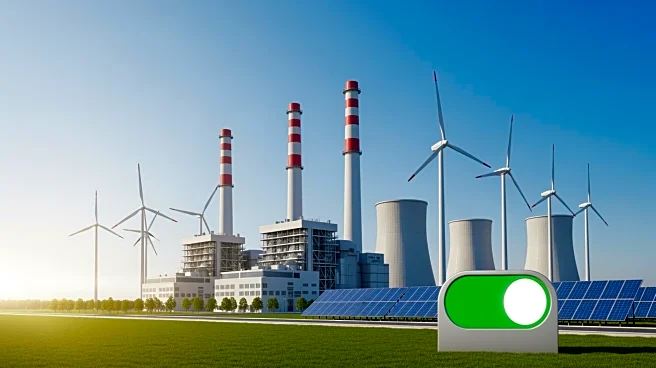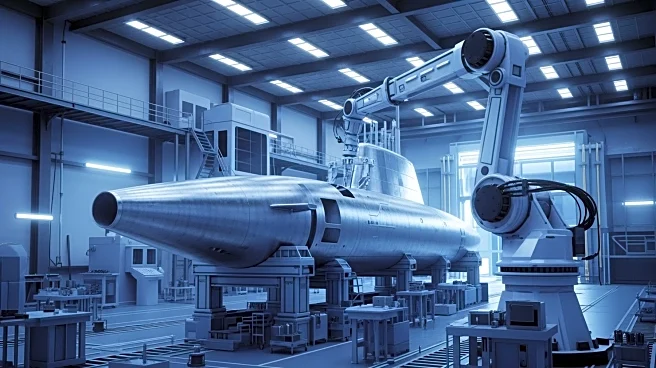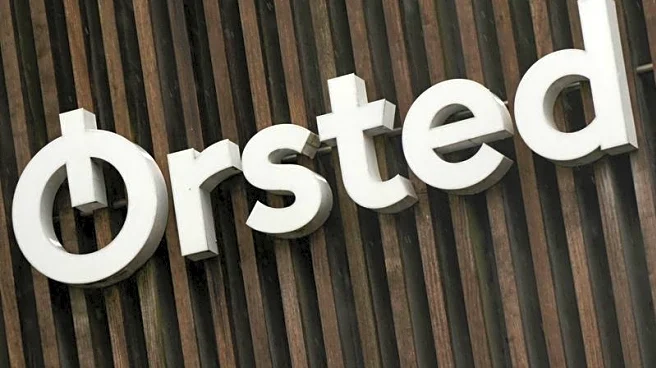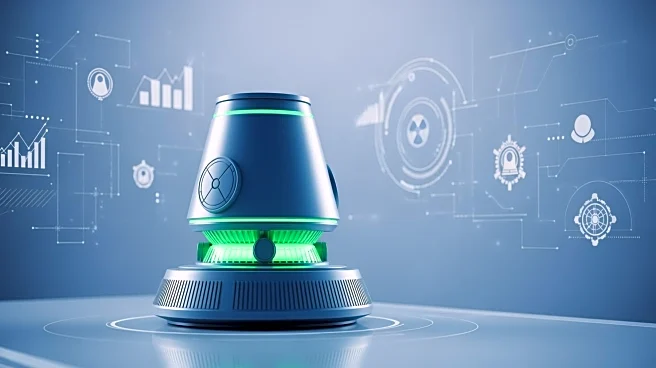What's Happening?
The Department of Energy (DOE) has announced a Notice of Funding Opportunity (NOFO) offering up to $100 million in federal support for projects aimed at modernizing the nation's coal plant fleet. This
initiative, administered by the DOE's National Energy Technology Laboratory under the Office of Fossil Energy and Carbon Management, seeks proposals in three technical areas: advanced wastewater management, dual-fuel switching capability, and coal-natural gas cofiring systems. The funding opportunity is part of a broader strategy to address the national energy emergency declared by the Trump administration in January 2025, which highlighted the need to preserve and restore generation capacity to ensure reliability and affordability. The DOE's approach focuses on leveraging the existing coal fleet to stabilize the bulk power system, particularly in regions facing transmission constraints and reliability risks.
Why It's Important?
This initiative is significant as it addresses critical reliability issues in the U.S. energy sector, particularly concerning the coal fleet's role in maintaining grid stability. The retrofit program aims to enhance operational efficiency and extend the lifespan of coal plants, which are essential for meeting surging industrial demand and supporting national defense installations. By improving wastewater management and enabling dual-fuel capabilities, the DOE seeks to reduce operational costs and emissions, thereby supporting environmental compliance and economic viability. The program also reflects a shift in energy policy under President Trump, emphasizing the importance of coal in the national energy mix and countering previous administrations' efforts to phase out coal-fired power.
What's Next?
The DOE has set a deadline of January 7, 2026, for applications to the retrofit program. Projects are expected to progress through a three-phase structure, with competitive down-selects between each step. This includes preliminary engineering, site selection, and environmental review, followed by detailed design and full implementation at a coal facility. The initiative aims to bridge the gap to commercial uptake, using federal cost share to reduce risk for utilities and plant owners. Additionally, ongoing emergency orders under Section 202(c) of the Federal Power Act may continue to mandate generation availability, impacting cost allocation and regulatory frameworks.
Beyond the Headlines
The retrofit program highlights broader tensions in the energy sector, particularly regarding the financial sustainability of emergency orders that mandate generation availability without establishing cost-sharing mechanisms. Utilities like Consumers Energy have faced significant compliance costs, prompting regulatory complaints and tariff modifications. This underscores the challenges of balancing grid reliability with clean energy goals, as utilities pursue renewable energy targets while navigating federal mandates. The program also reflects a strategic pivot towards maintaining thermal generation capacity amidst increasing penetration of intermittent renewables.












